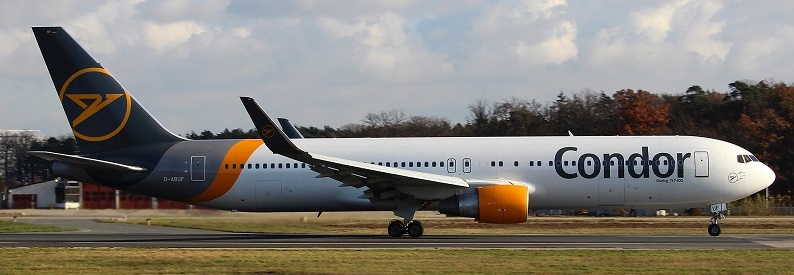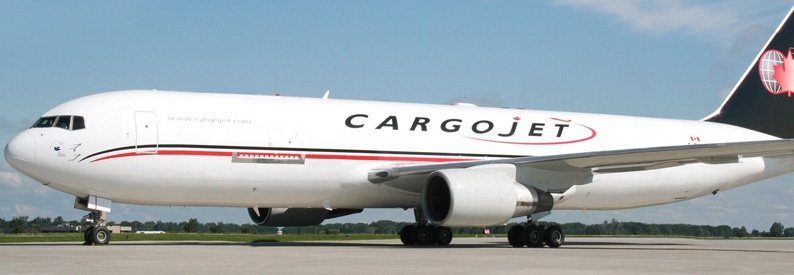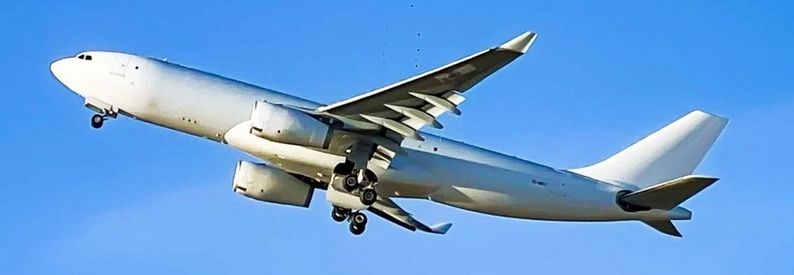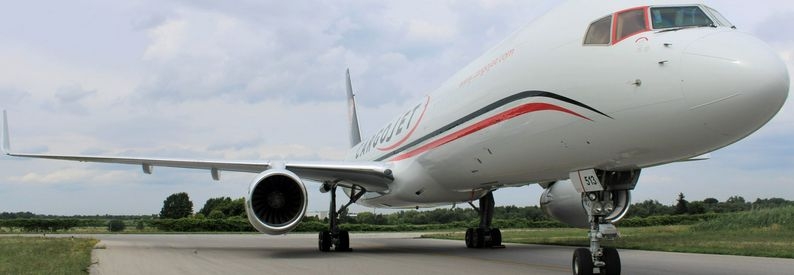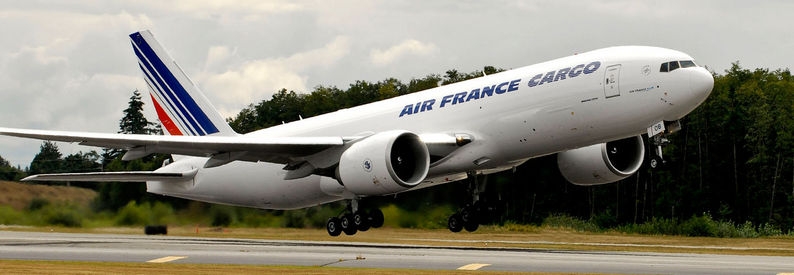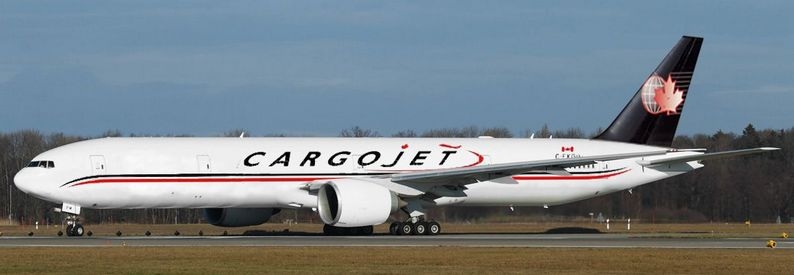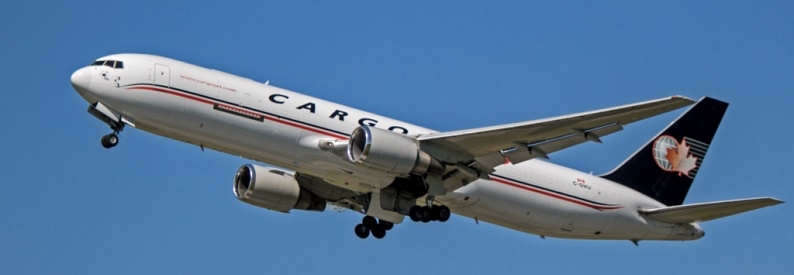Cargojet Airways (W8, Hamilton, ON) announced on January 15 that it has decided to exit its commitments for four converted B777-200LR(MF)s, abandoning, for now, plans to add B777 Family aircraft.
The carrier said forecasts indicate the international air cargo market will remain soft in the short to medium term, making it not strategically prudent to deploy this aircraft variant on its operations. It will instead continue to flex its B767-200 and B767-300 freighter fleets "to accommodate our organic growth strategy," said Ajay Virmani, its executive chairman.
"Cargojet has substantially completed the operational groundwork to be able to enter the B777 market should economic conditions change. Cargojet has also retained the rights to provide the optionality for future conversion slots," he added.
The airline was the launch customer for the Mammoth Freighter conversion of the B777, initially ordering two B777-200(LR)s with options for more -200LRs and -300ERs. The backlog eventually grew to four -200LR(MF)s, which were under a tentative commitment with DHL Express, and four -300ER(MF)s. However, as the market softened, the airline gradually reduced its plans for the B777s and has now exited them altogether.
Mammoth Freighters told Cargo Facts that the first two B777-200LR(MF)s, N705DN (msn 29742) and N710DN (msn 40560), were already under conversion at Fort Worth Alliance ahead of the certification of the type.
Cargojet Airways reiterated it had a surplus of four B757-200(PCF)s and is exploring options such as a dry-lease or sale of these aircraft. Additionally, it owns the feedstock for two B767s and plans to convert them when demand recovers over the next couple of years.
The ch-aviation fleets module shows the Canadian airline has 41 aircraft, composed of seventeen B757-200(PCF)s, three B767-200(ERBDSF)s, four B767-300ER(BCF)s, and seventeen B767-300ER(BDSF)s. Cargojet expects to still have 41 aircraft in service by 2025; however, it is reducing its B757 fleet from 17 to 15 and growing the B767 fleet from 24 to 26. This number assumes two of its surplus B757s will be sold and two leased, while the two owned B767s will be converted and inducted.

